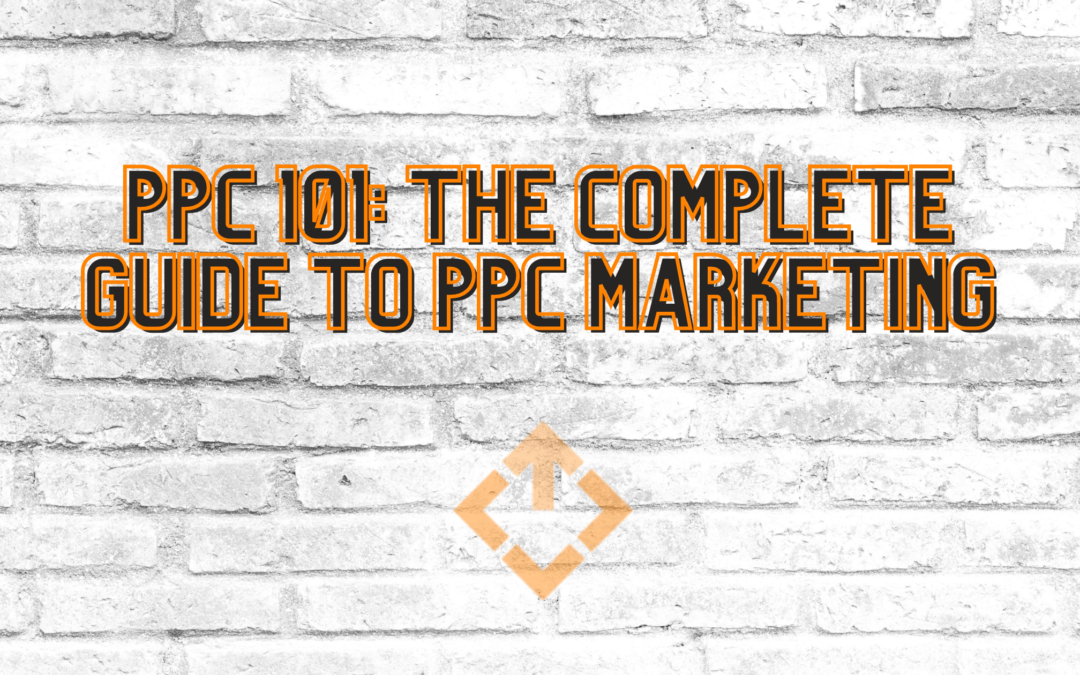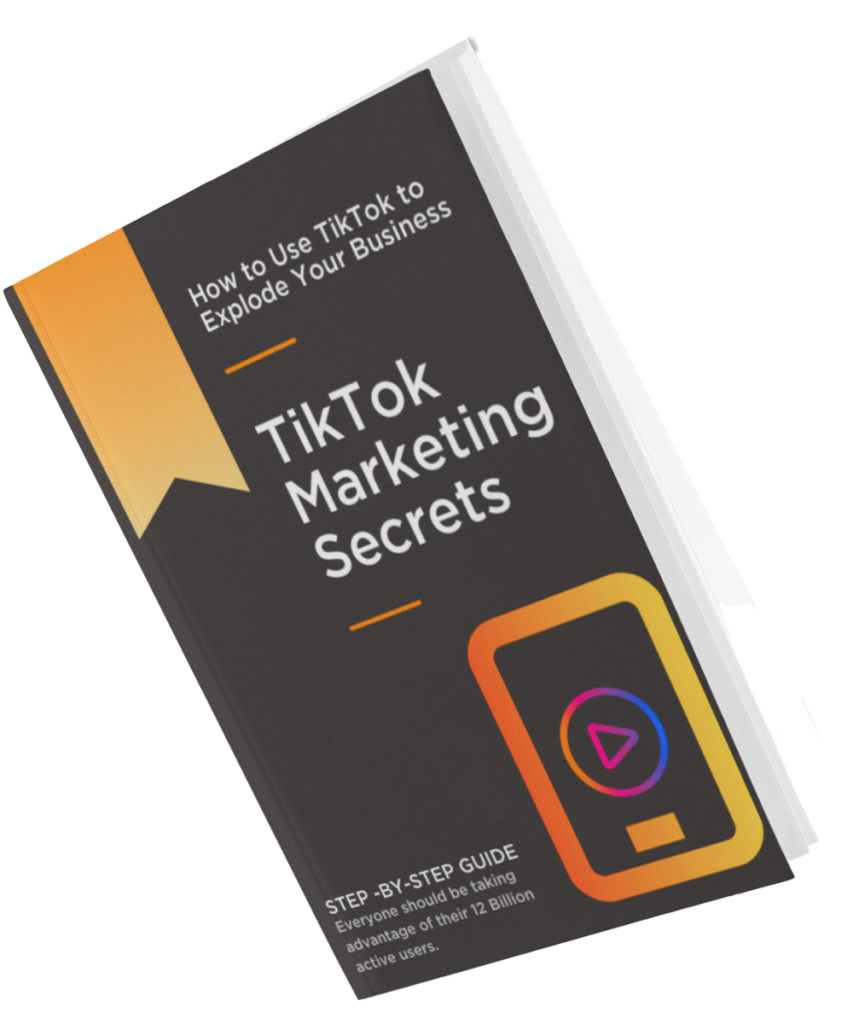PPC 101: The Complete Guide to PPC Marketing
PPC marketing is a cost-effective marketing strategy that helps businesses reach targeted audiences. It is one of the most impactful digital advertising methods to help drive traffic and increase sales.
As great as that all sounds, it’s essential that you understand the basics of PPC marketing before you are off to the races. We’ve put together a guide to help you formulate your strategy – PPC 101.
PPC 101: What is PPC Marketing?
PPC (pay-per-click) marketing is a form of internet marketing that enables businesses to target specific customers according to their needs and preferences. It is a form of internet advertising that enables advertisers to pay for their ad space with every click.
They are also a strategic way to promote and get more eyes on your content as well. In fact, 61% of B2B organizations rely on PPC ads to distribute content and assist with lead generation.
Advantages of PPC Marketing
PPC ads offer fast and easy access to your company for potential customers. They are one of the most effective ways to generate quick sales leads. Here are a few advantages of strategically using PPC ads:
- Cost-effective: The cost of PPC marketing is less than other digital advertising methods like SEO or display ads.
- Targeting capabilities: PPC campaigns allow marketers to focus on a specific target audience, which ensures that they only spend money on people who are interested in their products and services.
- Quick and easy: PPC campaigns can be created in just a few minutes, and when done well, can give you a quick return.
- Flexible: Campaigns can be paused or stopped at any time without penalty, meaning marketers can experiment with different strategies until they find one that works for them.
Getting Started
Although the management of the campaigns is relatively simple, it’s important to understand the process and everything that goes behind the strategy of PPC.
Define Your Goal
The first step in getting started with your ads is determining what your initial goals are. Are you trying to get them to download a piece of content? Reach out to a specialist? Make a purchase? All of the decisions for your ad will lead back to your initial intention. Make sure that it is crystal clear.
Keyword Research
After your goal has been defined, it’s time to conduct impactful keyword research to make sure your ad is appearing in front of the right audience. Relevant keywords can be determined by using tools like Google Ads Keywords Planner, Ahrefs, or SemRush. Using tools like this will also help you gain some insights into cost-per-click estimates as well as what terms your audience is already searching for.
Establish A Strategy
Studying your audience’s search habits by doing your due diligence and research will help you determine what platform should get your PPC dollars. There’s nothing worse than wasting a PPC budget on ads that never get seen.
Types of Ads
PPC ads are primarily used through various search engines like Google Ads, but social media along with other major networks are other great options. Each of these has its own set of benefits but can work differently depending on your industry.
Search Ads – These are keyword-driven ads that advertise to consumers based on a search query. These are usually formatted as text-only ads on a search engine such as Yahoo or Google.
Display Ads – These are graphics embedded on websites that target consumers based on their previous search history, also known as retargeting.
Paid Social Ads- Also known as sponsored posts, these are ads that will be added to a user’s feed based on their search history.
Video Ads – As 85% of businesses use video as part of their digital marketing strategy, it’s proven to be an impactful strategy. YouTube, Instagram, Facebook and Google are great places to put this strategy into place.
Remember, having the right ad type can really move the needle for your business so it’s important to switch up your strategy and consistently pivot to see what works for you.
Ensuring Profitability
Although PPC is an overall inexpensive way to advertise yourself, costs can start to get out of control if you don’t plan ahead and monitor your progress. This is why keyword research is so critical because it can allow you to forecast costs before pulling the trigger.
Start to become familiar with your numbers right now. What are your average monthly sales or average order value? Do you know your gross margin percentages? Even knowing your cost per acquisition is a helpful metric as it can help ensure you are remaining profitable.
Search Engine Journal’s formula for determining a profitability goal is this:
Number of Sales ( AOV ) Margin – Budget = Profit
Knowing how often people convert is one of the main keys when it comes to setting up your PPC budget to be profitable. If you’ve run PPC ads before, check your historical PPC conversions. If you’ve never done this before, your website is a great place to determine how often you are getting conversions.
Remember, PPC advertising takes time to master as your audience’s preferences will be ever-changing. Continue to switch up your strategy and refresh your ads in order to keep your potential customers engaged.
To Your Success,
Alex Kubicek
P.S. If you need assistance with your digital marketing AND/OR would like to have your questioned featured on our podcast, please reach out to Support@convertsource.com!


